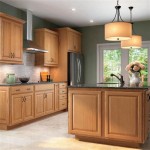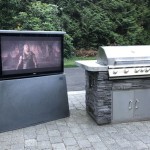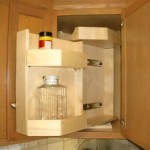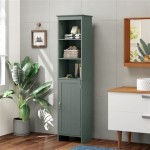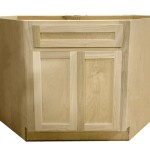Cabinet Knob Placement Guide: The Essential Guide to Perfecting Your Kitchen's Functionality
Cabinet knobs are more than just decorative elements; they play a crucial role in the functionality and convenience of your kitchen. Proper placement of cabinet knobs can make all the difference in the ease of opening and closing drawers and doors, as well as the overall aesthetic appeal of your kitchen.
To ensure optimal functionality and style, follow these essential guidelines for cabinet knob placement:
Center Knobs Horizontally
For a balanced and visually appealing look, center the knobs horizontally on the drawer or door. This placement ensures that the knob is accessible from either side and provides a sense of symmetry.
Position Knobs Vertically
Generally, knobs are placed vertically in the center of the drawer or door. However, for doors that are taller than they are wide, it may be more convenient to place the knob slightly above the center point. This allows for a comfortable reach without having to stretch too high.
Maintain Standard Height
There's a standard height for knob placement on cabinets: 2-5/8 inches from the top edge of the drawer or door. This height is ergonomically designed for most people and ensures easy accessibility while preventing collisions with the countertop or other cabinets.
Provide Adequate Clearance
Allow enough clearance between the knob and surrounding elements to prevent interference when opening and closing the cabinet. Generally, a clearance of 1/4 to 1/2 inch is sufficient.
Consider Hand Dominance
If you're right-handed, place the knob slightly closer to the right side of the drawer or door. If you're left-handed, place it closer to the left. This adjustment provides a more comfortable and efficient reach.
Match Knob Size to Cabinet Size
The size of the knob should complement the size of the cabinet or drawer. Smaller cabinets and drawers look best with smaller knobs, while larger ones can accommodate larger knobs.
Use a Template for Accuracy
To ensure precise placement, use a template or ruler to mark the drilling points. This helps to prevent misalignment and ensures even spacing between knobs.
By following these guidelines, you'll achieve the perfect placement of cabinet knobs, enhancing both the functionality and aesthetics of your kitchen. Remember, proper knob placement is a combination of ergonomics, style, and personal preference. Adjust the guidelines slightly to suit your specific needs and preferences.

Cabinet Hardware Placement Guide

The Ultimate Guide For Cabinet Hardware Placement And Sizing Kitchen Inspiration Design

Design 101 Cabinet Hardware Placement Lark Linen

The Ultimate Guide For Cabinet Hardware Placement And Sizing Kitchen Remodel

Cabinet Hardware Placement Guide

Where To Place Cabinet Hardware Emtek

How To Place Cabinet Knobs Pulls

Design 101 Cabinet Hardware Placement Lark Linen

Guide For Hardware Positioning Mockett Cabinet Placement Kitchen

Hardware Placement
Related Posts

